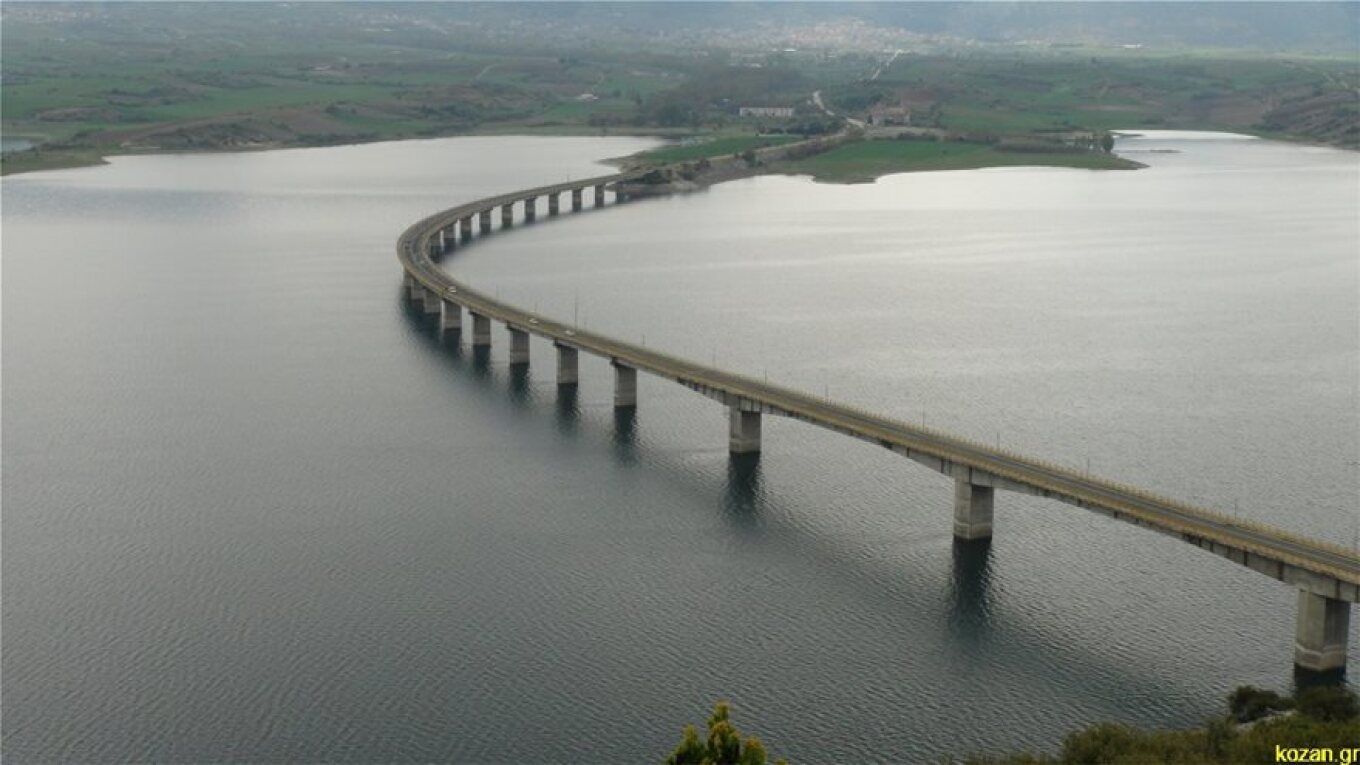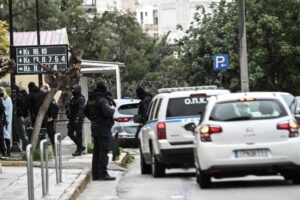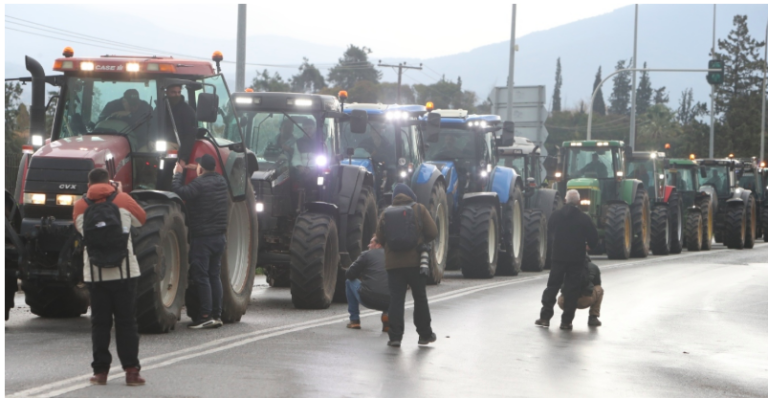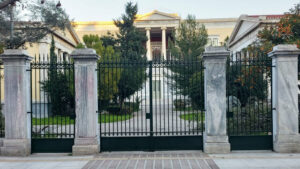All vehicles weighing over 3.5 tons have been banned from using the High Bridge of Servia in the region of Western Macedonia in northern Greece after serious cracks were found in its four tendons, between the sixth and seventh piers.
As indicated in a statement of the General Police Directorate of Western Macedonia, the decision to prohibit traffic was taken by the head of the Kozani Police Directorate.
“The damage concerns serious cracks that were found during the extensive and detailed special technical inspection carried out in the fall of last year, by the engineer of Egnatia Odou SA, Panagiotis Panetsos with the professor of the Polytechnic School of AUTH, Konstantinos Katakalos.
According to Mr. Katakalos, the damage, which is serious in its intensity, was caused many years ago due to strong pressures, which were exerted on these points and exceeded 350 tons locally” the relevant announcement of the Region of Western Macedonia on March 9 stated, on the occasion of the inspection carried out by the regional governor, George Kasapidis, on the reinforcement works of the specific section of the bridge.
The reinforcement works will last throughout March and will be completed in April when the bridge is expected to be opened to traffic (s.s. based on the latest information, however, which has not yet been officially confirmed, the works could be extended).
Based on the same announcement, the last inspection of the bridge was done in 1995, after the May earthquake of that year, while “after the repair work of the serious cracks, a major overall maintenance of the High Bridge of Serbia will follow.”
The High Bridge of Servia, opened in 1975, is one of the longest bridges in Greece, almost 1.4 kilometres long. The bridge is part of the Kozani – Larissa National Road and is located 15 kilometres southeast of Kozani and 7 kilometres northwest of Serbia.
Ask me anything
Explore related questions





